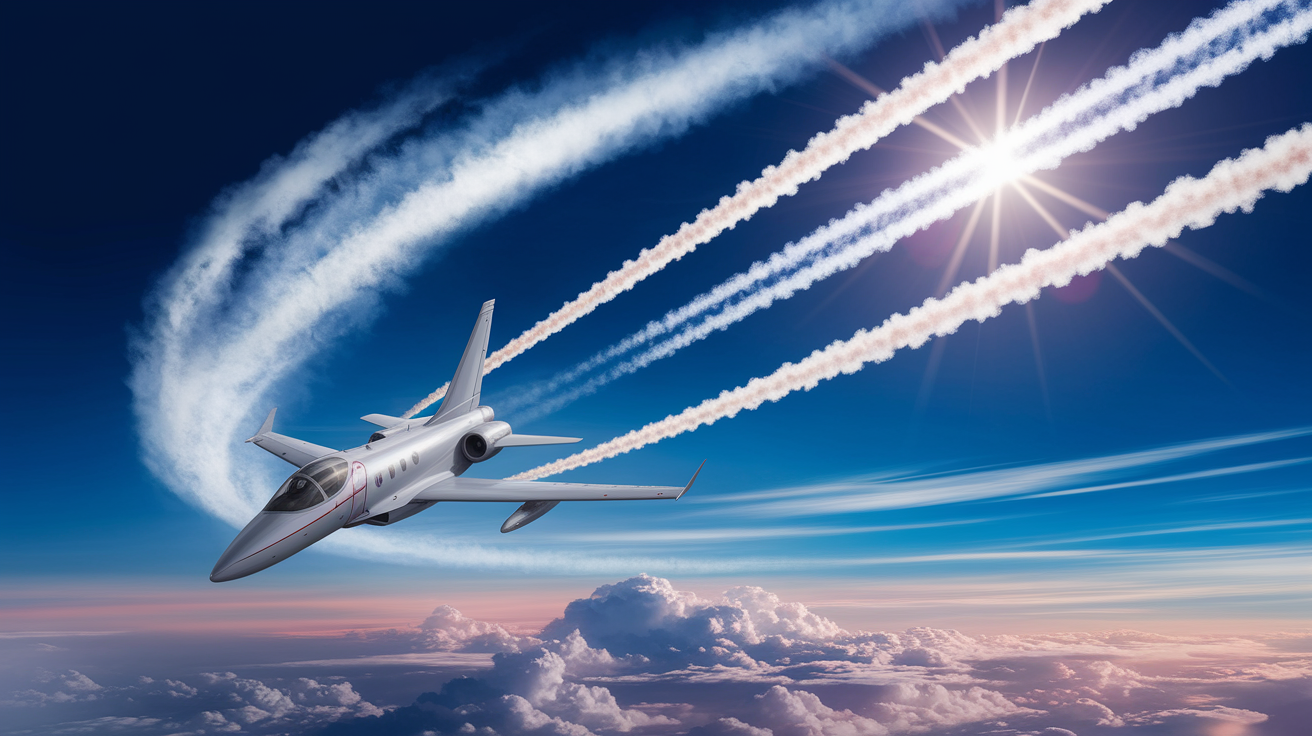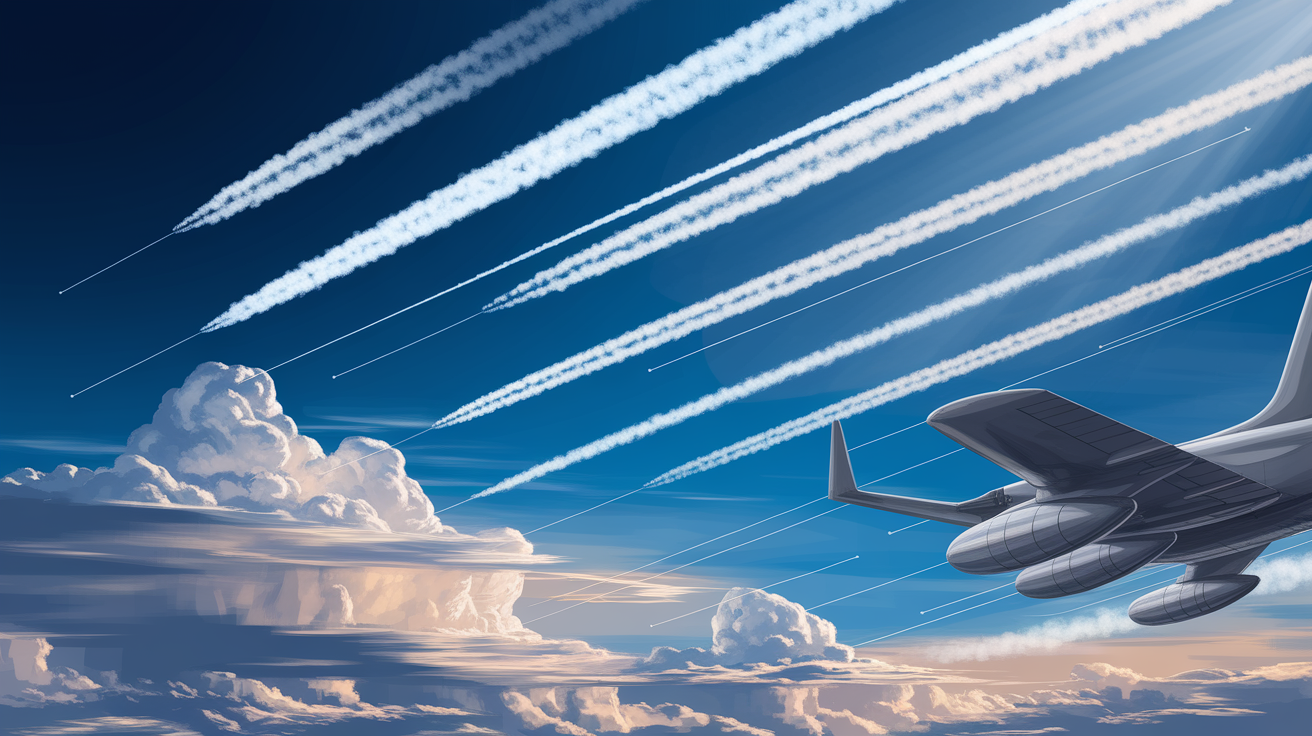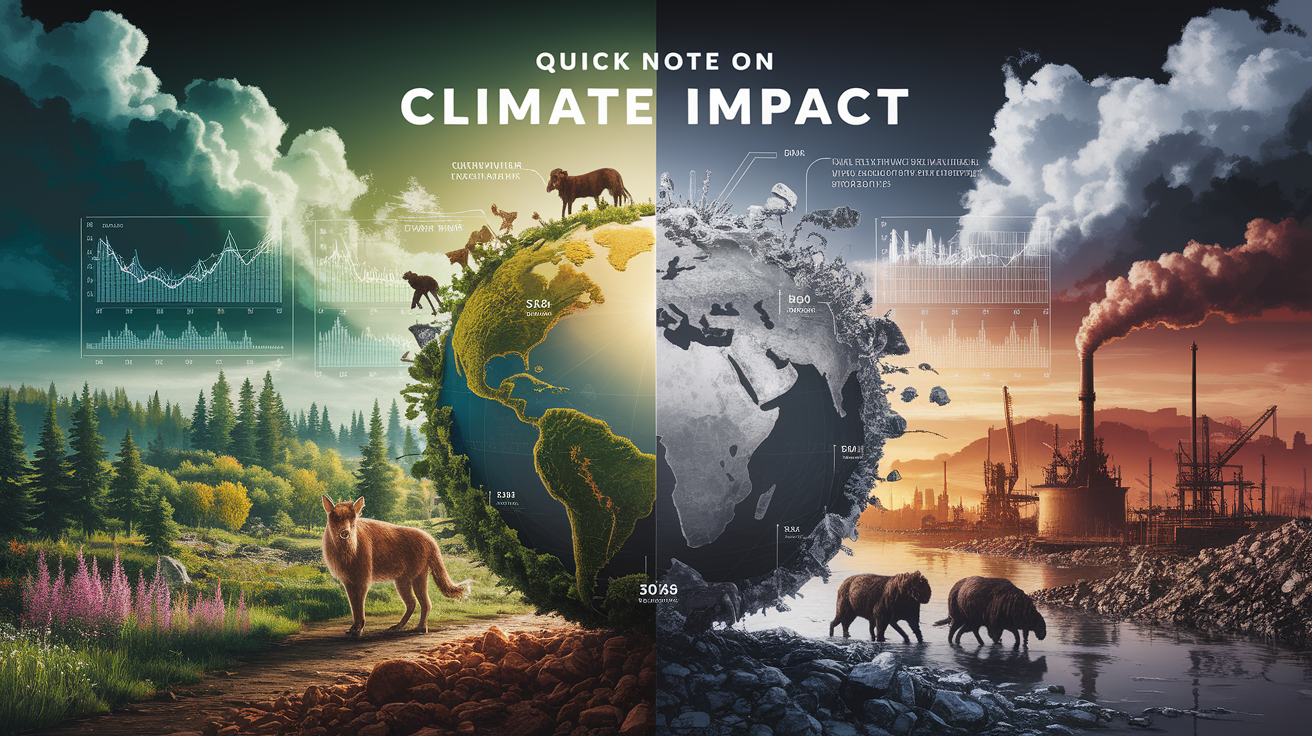Quick Answer: Contrails are line-shaped clouds formed when hot, humid exhaust from aircraft engines meets the extremely cold air at high altitudes, causing water vapor to condense and freeze into visible ice crystals. They’re completely natural phenomena that can last anywhere from seconds to hours depending on atmospheric conditions.
Introduction – Sky Lines Revealed
Look up on a clear day, and you’ll likely spot those distinctive white lines stretching across the blue sky behind aircraft. These fascinating sky trails have sparked curiosity, wonder, and even conspiracy theories for decades. But what exactly are these mysterious lines, and why do some disappear quickly while others seem to linger for hours?

The truth is both simpler and more fascinating than you might expect. These aerial phenomena are windows into the invisible world of water’s unique properties and atmospheric science happening right above our heads. Let’s explore the real science behind these sky lines and clear the air about what they actually are.
What Are Contrails?
Contrails, short for ‘condensation trails,’ are line-shaped clouds produced by aircraft engine exhaust or changes in air pressure, typically at aircraft cruising altitudes several kilometers above the Earth’s surface. Think of them as human-made clouds that form in a very specific way.
Here’s what makes up these sky lines:
- Primary component: Water in the form of ice crystals
- Formation trigger: Combination of water vapor in aircraft engine exhaust and low ambient temperatures at high altitudes
- Additional particles: Small amounts of soot and sulfur compounds from engine exhaust that serve as cloud condensation nuclei
Interestingly, contrails can also form from changes in air pressure around aircraft wings and wingtip vortices. Scientists classify these clouds directly caused by human activity as homogenitus – essentially meaning “human-generated” clouds.

The key difference between contrails and natural clouds? Contrails form in a very specific, linear pattern that follows the aircraft’s flight path, while natural clouds develop more organically based on broader atmospheric conditions.
How Contrails Form
The formation of contrails is a beautiful example of physics in action. The process begins when hot, humid air from jet exhaust mixes with environmental air that has low vapor pressure and extremely low temperatures.
Here’s the step-by-step process:
- Hot exhaust meets cold air: Jet engines produce water vapor as a natural byproduct of combustion
- Turbulent mixing: Engine-generated turbulence causes the hot, humid exhaust to mix with the surrounding cold air
- Rapid cooling: At high altitudes (typically above 26,000 feet), temperatures are generally colder than -40°F
- Condensation: The rapid temperature change causes water vapor to condense into tiny droplets
- Instant freezing: Due to the extreme cold, these droplets immediately freeze into ice crystals
What’s fascinating is that only a small amount of water is necessary for this condensation to occur at such cold temperatures. The contrail formation temperature is crucial – if conditions aren’t just right, you might see a plane flying overhead with no visible trail at all!

Sometimes you’ll notice a broken or segmented pattern in contrails rather than one continuous line. This happens when an aircraft passes through different atmospheric layers with varying temperature and humidity conditions.
Why Some Contrails Persist
Ever wondered why some airplane contrails disappear quickly while others seem to hang around for hours? The answer lies in the atmospheric conditions the aircraft encounters.
Scientists categorize contrails into two main types based on their persistence:
Transient Contrails
- Duration: Visible for only seconds to minutes
- Conditions: Form in drier atmospheric conditions
- Behavior: Dissipate quickly as ice crystals sublimate (turn directly from ice to water vapor)
Persistent Contrails
- Duration: Can remain visible for hours
- Size: May spread to several kilometers wide
- Appearance: Resemble natural cirrus or altocumulus clouds
- Conditions: Form in more humid atmospheric conditions
- Scientific name: Formally described as homomutatus or sometimes called cirrus aviaticus
The persistence and visibility of contrails depend heavily on atmospheric conditions – particularly humidity, temperature, and air pressure at flight altitude. More humid atmospheres act like a preservation chamber for contrails, while drier conditions cause them to evaporate quickly.

This is why you might see multiple aircraft at similar altitudes, but only some produce visible, long-lasting contrails. They’re encountering different atmospheric conditions even though they appear to be flying at similar heights.
Quick Note on Climate Impact
Persistent contrails that spread and resemble natural clouds contribute to increased cloudiness in the atmosphere. This increase in cloud cover has implications for climate change, as these human-made clouds affect natural atmospheric processes.

The broader environmental impact includes:
- Heat distribution: Affecting how heat and radiation move through the atmosphere
- Weather patterns: Potentially influencing local and regional weather systems
- Global temperatures: Contributing to the complex interplay of factors affecting climate
Scientists continue studying persistent contrails to better understand their role in modifying atmospheric conditions and their effects on climate regulation. It’s worth noting that this is legitimate scientific research, quite different from unfounded conspiracy theories about “chemtrails.”
Conclusion – Clearing the Air
Airplane contrails are fascinating examples of atmospheric science happening right above us. These sky lines are simply water vapor from aircraft engines condensing and freezing in the cold, high-altitude air – much like how you can see your breath on a cold winter day, but at 30,000 feet up.
Understanding contrails helps us appreciate the invisible atmospheric conditions surrounding us and demonstrates how human activities interact with natural processes. Like other visible atmospheric phenomena such as the Northern Lights, contrails remind us that our sky is full of fascinating physics waiting to be observed and understood.
Next time you spot those white lines across the sky, you’ll know you’re witnessing a real-time demonstration of condensation, phase changes, and atmospheric science – no conspiracy theories required, just good old-fashioned physics!













